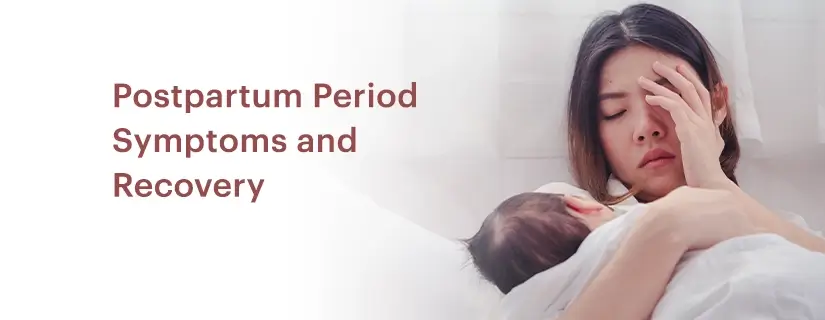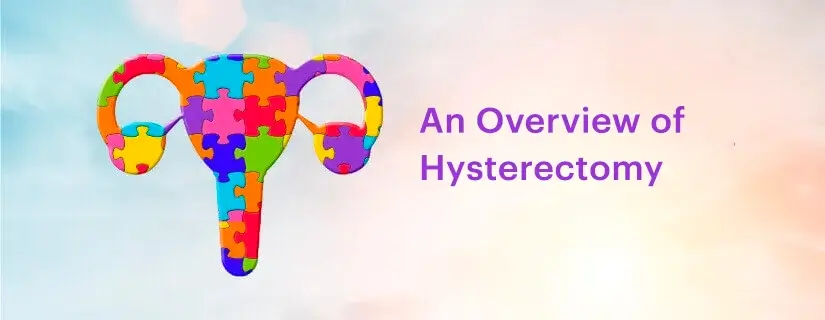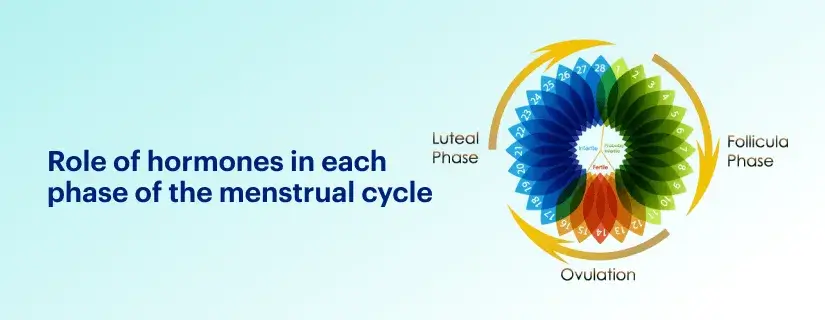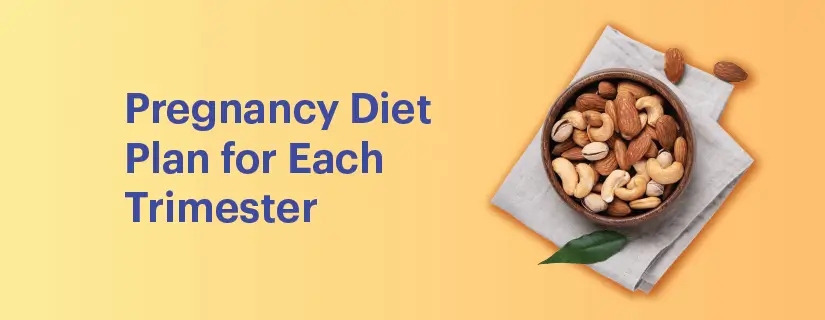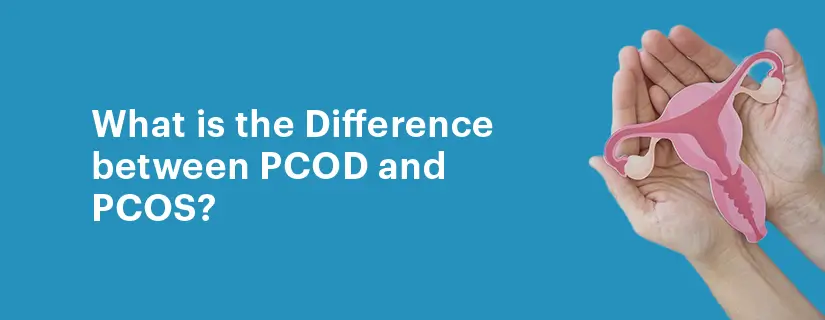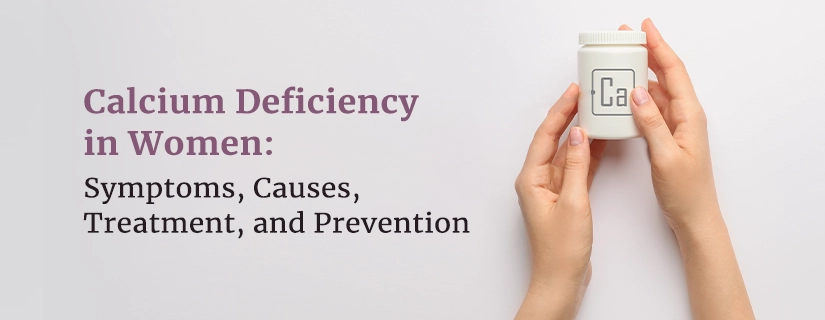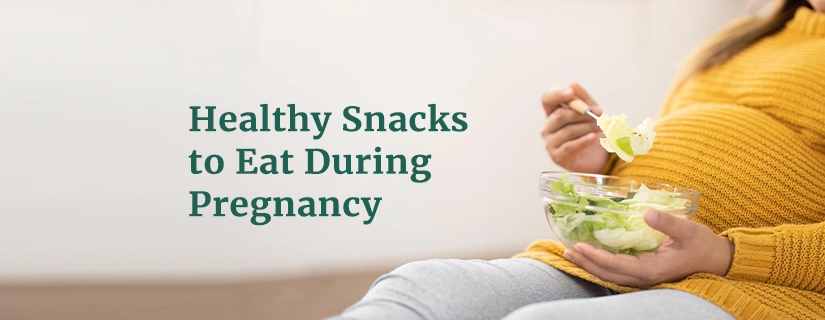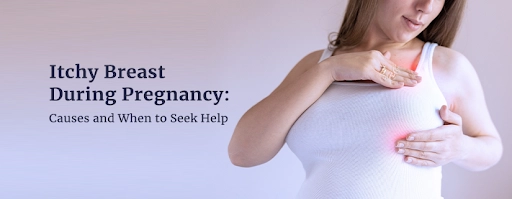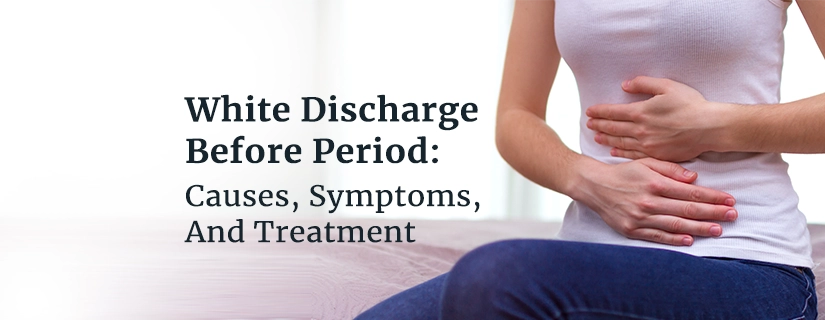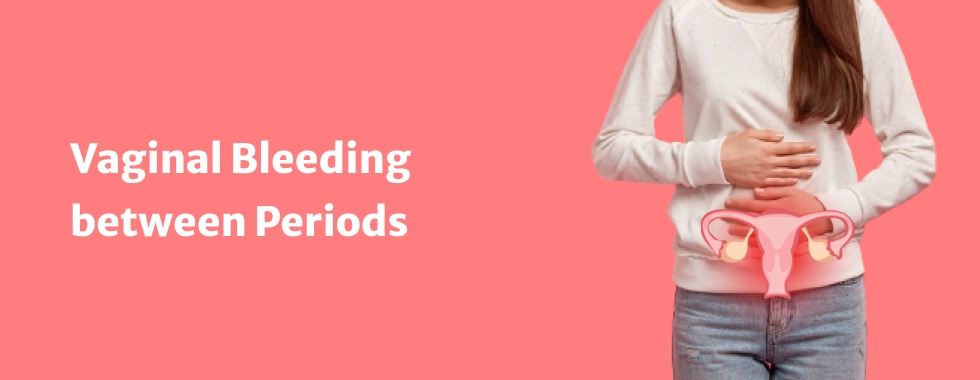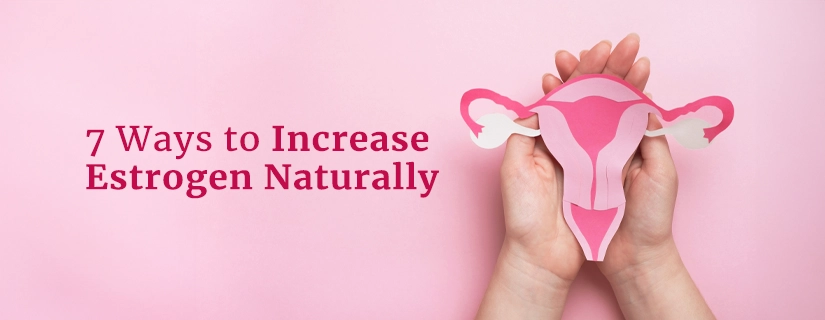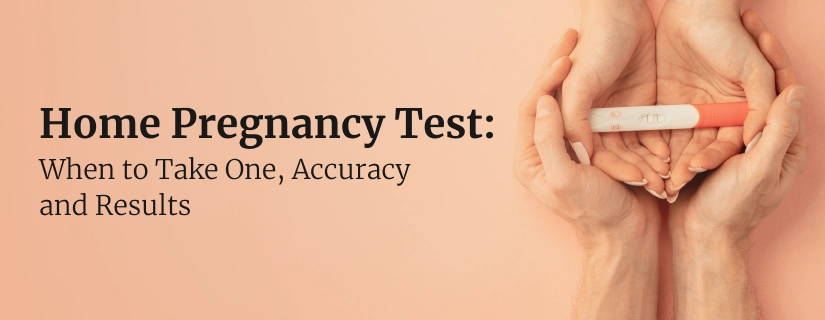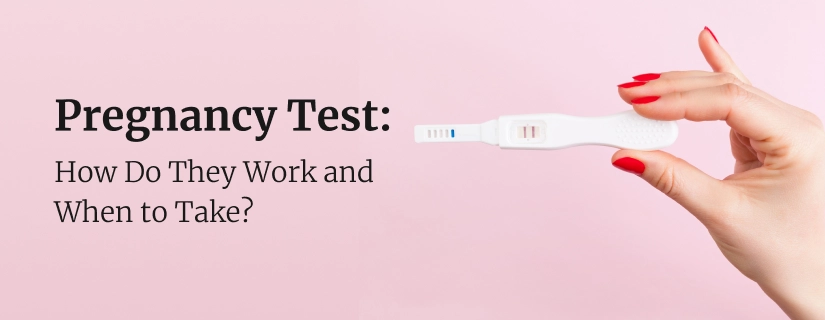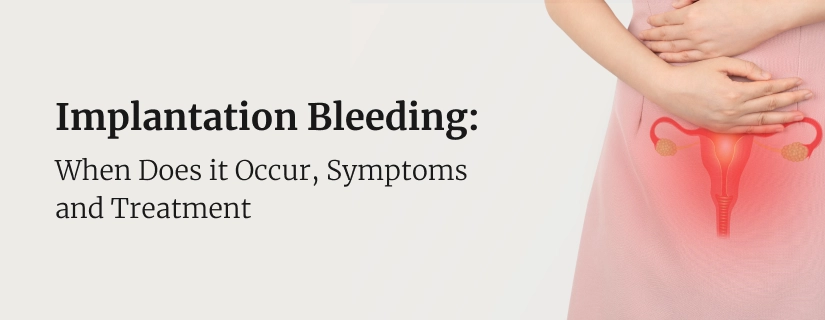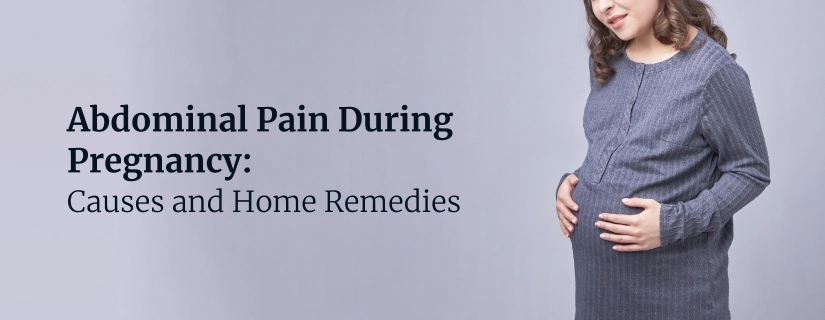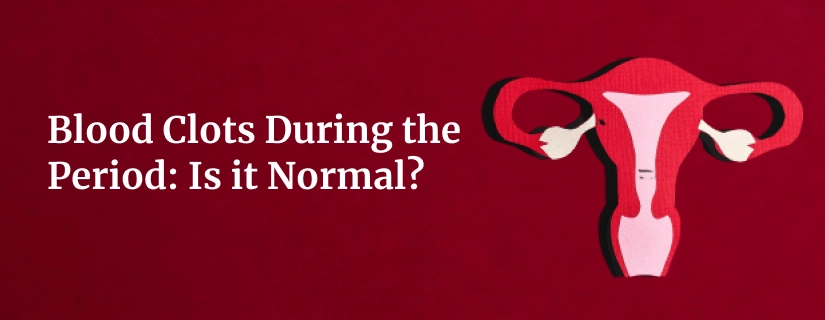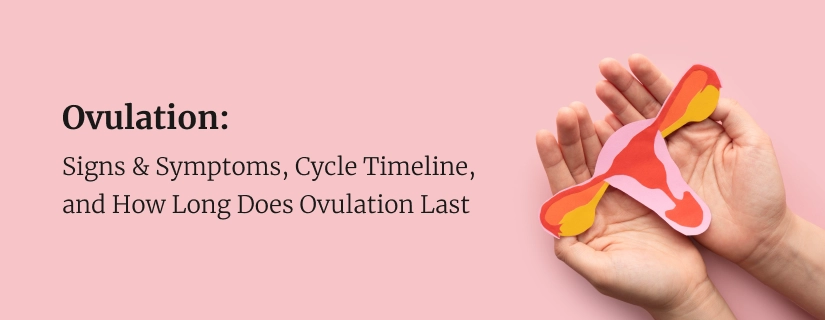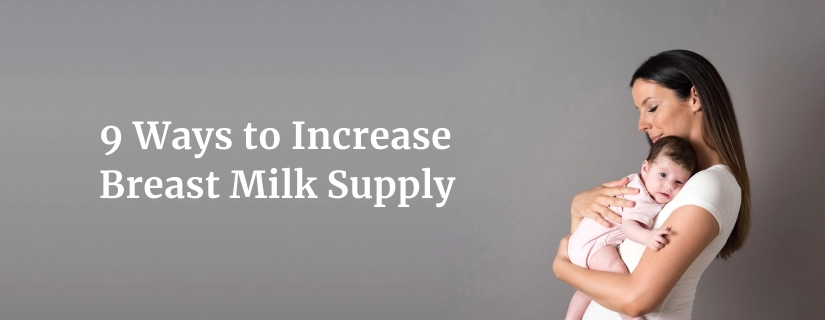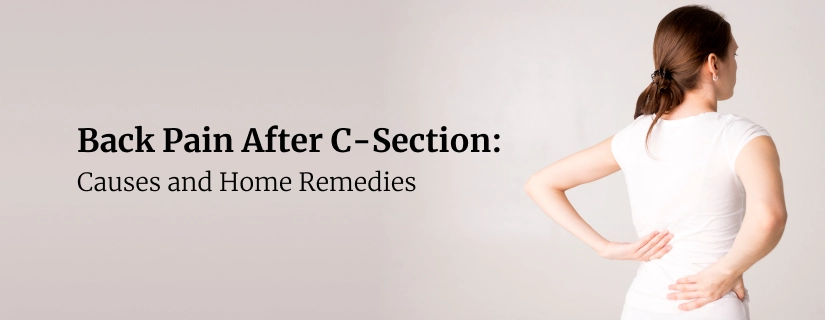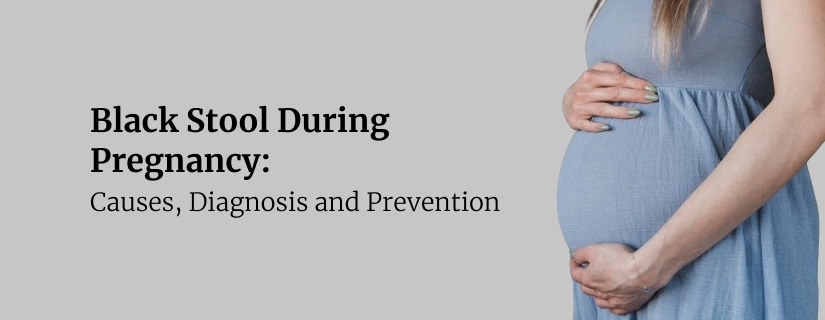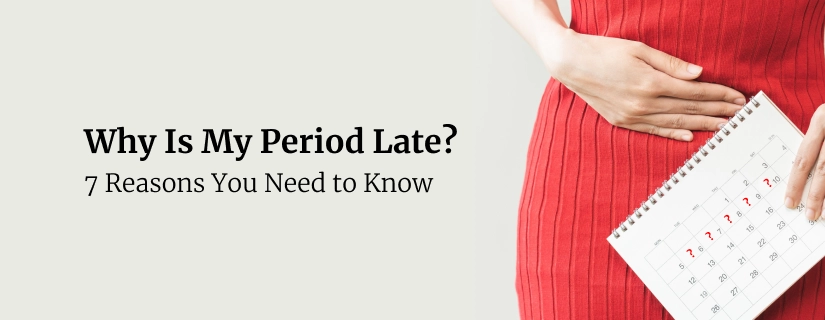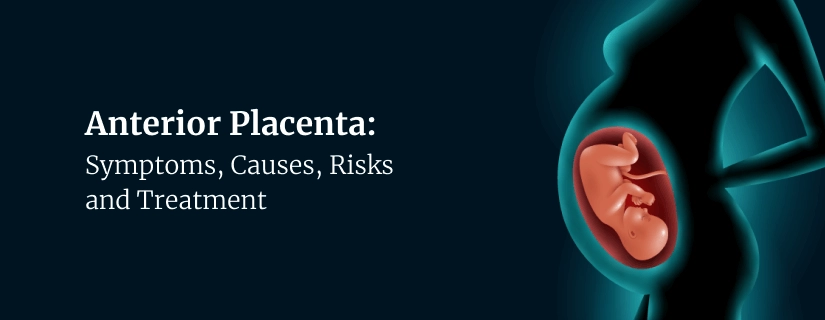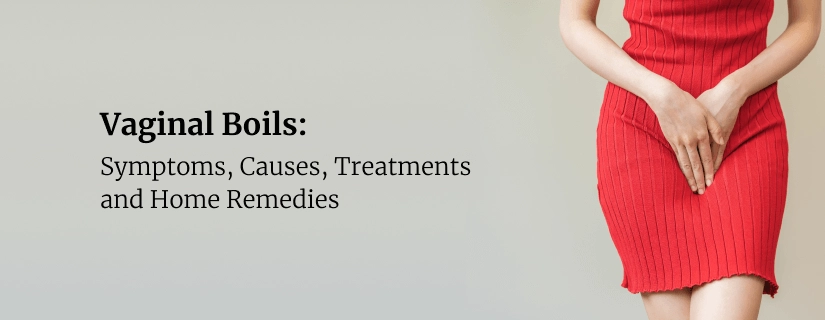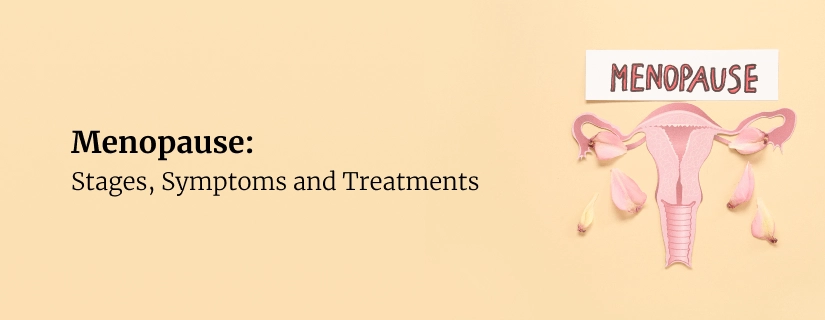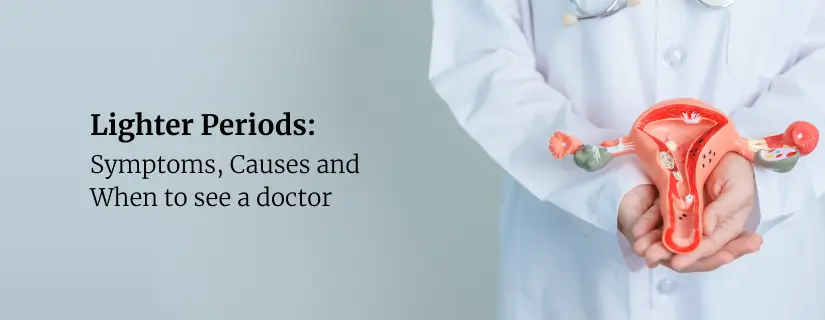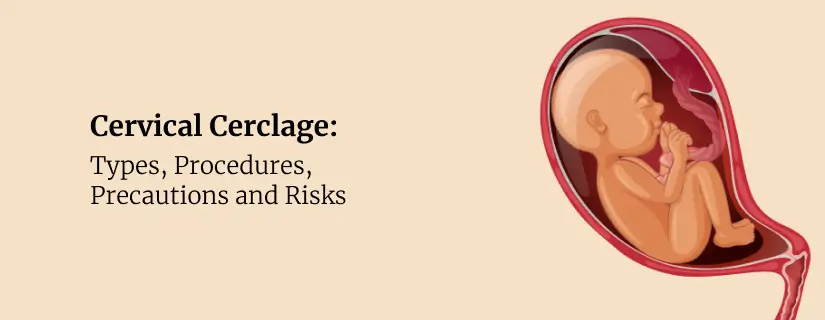-
Doctors
-
Specialities & Treatments
Centre of Excellence
Specialties
Treatments and Procedures
Hospitals & Directions HyderabadCARE Hospitals, Banjara Hills CARE Outpatient Centre, Banjara Hills CARE Hospitals, HITEC City CARE Hospitals, Nampally Gurunanak CARE Hospitals, Musheerabad CARE Hospitals Outpatient Centre, HITEC City CARE Hospitals, Malakpet
HyderabadCARE Hospitals, Banjara Hills CARE Outpatient Centre, Banjara Hills CARE Hospitals, HITEC City CARE Hospitals, Nampally Gurunanak CARE Hospitals, Musheerabad CARE Hospitals Outpatient Centre, HITEC City CARE Hospitals, Malakpet Raipur
Raipur
 Bhubaneswar
Bhubaneswar Visakhapatnam
Visakhapatnam
 Nagpur
Nagpur
 Indore
Indore
 Chh. Sambhajinagar
Chh. SambhajinagarClinics & Medical Centers
Book an AppointmentContact Us
Online Lab Reports
Book an Appointment
Consult Super-Specialist Doctors at CARE Hospitals
Possible Reasons for Pelvic Pain
Updated on 17 June 2022
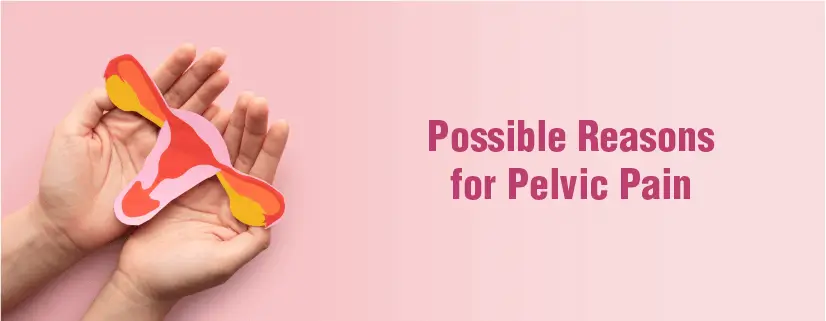
Pelvic pain is usually felt below the belly button but above the legs. The reasons for pelvic pain could be many. Sometimes it is caused by simple reasons such as a digestive issue, menstruation cycles in women, etc. But if it persists or often recurs, then it is a cause of concern.
The pain or discomfort felt in the lower abdomen or pelvis is known as pelvic pain. It could be a dull ache or as severe as a sharp jab. The pelvic pain thus felt does not always occur due to any disease. The pain might or might not stay for long.
It does not indicate any disease as such. It may occur due to simple reasons like constipation, menstruation, full bladder, sexual pain, pregnancy, etc. In the case of women, the need to see a doctor arises when there is a fever, vaginal bleeding, a heavy vaginal discharge with an unpleasant odour along with sudden and severe pain in the pelvis area (might be due to problems in reproductive organs, like vagina, cervix, uterus, ovary, or fallopian tubes). If the pain is severe and does stay for long, it can be diagnosed with the help of a doctor. Only through a medical examination, your doctor can tell the other possible causes of pain.
What is Pelvic Pain?
Pelvic pain refers to discomfort or pain occurring in the lower abdominal area, specifically the region below the belly button and between the hips. It can stem from various causes such as reproductive issues, urinary problems, digestive disorders, or musculoskeletal conditions. Pelvic pain may range from mild to severe and can be chronic or acute, affecting both men and women.
Possible Reasons for Pelvic Pain
The possible reasons for pelvic pain are discussed here:
-
Ovarian Cysts: An ovarian cyst is caused by a follicle not opening to release the egg. Or it may close soon after the release and gets swollen with fluid. This condition causes pelvic pain, swelling, bloating, etc. Ovarian cysts may go on their own. If there is a sudden or severe pain, it could be due to the bursting or twisting of a cyst. A patient is taken for treatment in such an emergency situation.
-
PMS/Menstrual Cramps: The women who are undergoing their monthly cycles, usually feel cramps in their lower belly. The symptoms last for a few days until the lining of the uterus is broken. A few exercises and Yoga help to give relief during this time. OTC medicines, birth control pills, and antidepressants are suggested for such cramps. Alternatively, a heated pad can be used in the area where you feel the pain.
-
Uterine Fibroids: They are found growing in the wall of the uterus. These are noncancerous and do not result in any serious health issues. They are most common in women who are in their 30s and 40s. The other symptoms that may be affecting the patient include heavy periods, low back pain, painful sex, pressure in the lower abdomen, and difficulty in getting pregnant.
-
Kidney Stones: Kidney stones are painful. Kidney stones hurt a lot. The size differs from person to person. The salt and minerals get off the body through urine. And that's where the deposit starts to build up in the form of a stone. They mostly pass out of the system naturally, but if not then they are removed by getting proper treatment.
-
Urinary Tract Infection: The bladder feels like it is full. It makes one pee frequently. And also hurts while passing out the urine. The urine comes out in small quantities. When the urinary tract gets infected, you might feel pelvic pain along with all these symptoms. It is very important to stop it else it might spread into the kidneys causing serious damage. UTI may also cause nausea, fever, vomiting, and pain in the lower back.
-
Ectopic Pregnancy: When an embryo gets implanted outside the uterus a sharp pelvic pain is felt. It may start growing in the fallopian tubes and the other possible symptoms include nausea, dizziness, and vaginal bleeding. This calls for immediate action and you should consult a doctor instantly if any of these signs are there during your pregnancy.
-
Sexually Transmitted Diseases: Some of the STDs show signs of pelvic pain. The possibility is that the person could be suffering from chlamydia or gonorrhea or both of them. The pain may or may not be felt. There can be bleeding between the periods in case of women along with abnormal vaginal discharge. Peeing becomes painful in such cases for both male and female patients. STDs call for medical treatment.
-
Scar Tissue: A recent surgery or an infection may lead to pelvic pain. They happen due to adhesions. Depending upon the case surgery or a procedure is advised to treat scar tissue.
-
Chronic Pelvic Pain: The pain persists for more than six months and there is no apparent reason for it. It is usually associated with sleep disorders, mental stress, job, and relationship-related issues, etc. Despite undergoing various tests, the cause of pelvic pain is not ruled out. The doctor will advise you on the best suitable cure that fits your case.
-
Interstitial Cystitis(IC): Women who are in their 30s and 40s are likely to suffer from IC. It leads to pelvic pain and inflammation of the bladder. It might be painful for such patients to have sex, pain while urinating, and constant pressure above the pubic area making one pee several times.
Pelvic pain is felt due to a number of reasons and one need not panic when it occurs. However, the frequency and severity of pain surely call for a doctor’s guidance and treatment once the reasons behind the pelvic pain are detected via proper diagnosis. Once the reason becomes clear, an individual can get cured with the help of a medical practitioner.
Symptoms of Pelvic Pain
Pelvic pain can manifest in various ways, and symptoms may differ based on the underlying cause. Common symptoms associated with pelvic pain include:
- Discomfort in the lower abdomen
- Cramps
- Pain during Intercourse
- Painful Urination
- Irregular Menstrual Cycles
- Constipation, or diarrhoea
How is Pelvic Pain Diagnosed?
Diagnosing pelvic pain involves a comprehensive approach, which may include:
- Physical Examination: A thorough physical exam, including pelvic, abdominal, and sometimes rectal or genital exams.
- Blood tests to check for signs of infection, inflammation, or hormonal imbalances.
- Ultrasound, CT scans, MRI, or X-rays to visualise the pelvic organs, bones, and tissues, identifying any abnormalities.
- Endoscopic Procedures: Laparoscopy or hysteroscopy may be used to directly view the pelvic organs for diagnosis or treatment purposes.
- For women, gynaecological examinations, Pap smears, etc.
How is Pelvic Pain Treated?
Treating pelvic pain depends on its underlying cause. Some treatment approaches for pelvic pain may include:
- Medications: Pain relievers, anti-inflammatories, muscle relaxants, or antibiotics for infections, as prescribed by the doctor.
- Hormone Therapy: Hormonal medications for conditions like endometriosis or hormonal imbalances.
- Physical Therapy: Pelvic floor exercises, stretches, or manual therapy to alleviate muscle tension or improve muscle function in the pelvic area.
- Surgical Interventions: Surgical procedures might be necessary for conditions like endometriosis, fibroids, or pelvic organ prolapse.
- Lifestyle Modifications: Dietary changes, exercise, stress reduction techniques, or avoiding triggers that exacerbate pain.
How to Treat Pelvic Pain at Home?
- Treating pelvic pain at home may involve several self-care strategies to help manage discomfort:
- Applying a heating pad or taking warm baths can help relax pelvic muscles and alleviate pain.
- Over-the-Counter Pain pain relievers like acetaminophen or ibuprofen can provide temporary relief. Always follow recommended dosage guidelines.
- Avoiding activities that worsen pain can aid in reducing discomfort.
While these home remedies might provide relief for mild cases, it's crucial to consult a healthcare professional for persistent or severe pelvic pain, as underlying conditions may require specific medical treatment.
Pelvic Pain During Pregnancy
Pelvic pain is a common discomfort during pregnancy, and it can be attributed to various factors. Here are some common causes during pregnancy:
Causes of Pelvic Pain During Pregnancy:
- Round Ligament Pain: The round ligaments support the uterus and can cause sharp, shooting pains as they stretch to accommodate the growing uterus.
- Symphysis Pubis Dysfunction (SPD): This occurs when the ligaments that normally keep the pelvic joint stable become too relaxed, leading to pain and discomfort.
- Increased Pressure on Pelvic Organs: The growing uterus, along with the baby's weight, can exert pressure on the pelvic region, causing discomfort.
- Hormonal Changes: Pregnancy hormones, such as relaxin, can affect the joints and ligaments, contributing to pelvic pain.
- Posture Changes: As the pregnancy progresses, changes in posture and the way a woman carries her weight can contribute to pelvic discomfort.
Tips for Managing Pelvic Pain
Here are some tips for managing pelvic pain during pregnancy:
- Prenatal Exercises: Engage in exercises that strengthen the pelvic floor and core muscles. Prenatal yoga and pelvic floor exercises may help.
- Proper Posture: Be mindful of your posture. Avoid standing or sitting for extended periods and use supportive cushions when needed.
- Pregnancy Support Belt: Some women find relief by using a pregnancy support belt, which can provide support to the lower abdomen and pelvic area.
- Warm Baths: Taking warm baths can help relax muscles and alleviate pelvic pain.
- Rest and Elevate Legs: Taking breaks to rest and elevating your legs when sitting or lying down may help reduce pressure on the pelvic area.
- Pelvic Floor Physical Therapy: A physical therapist specializing in pelvic health can provide exercises and techniques to manage pelvic pain.
- Supportive Footwear: Wearing comfortable, supportive shoes can positively impact your posture and reduce strain on the pelvic region.
Can Pelvic Pain be Prevented?
Preventing pelvic pain entirely may not always be possible due to its various potential causes. However, adopting certain lifestyle measures might help reduce the risk or frequency of experiencing pelvic pain:
- Regular pelvic exercises (such as Kegels) can strengthen muscles and prevent pain related to muscle weakness or dysfunction.
- Maintaining a balanced diet rich in fruits, vegetables, and fibre can promote digestive health, reducing pain associated with gastrointestinal issues.
- Stress reduction techniques such as relaxation exercises, or yoga can assist in managing pelvic pain triggered by stress or tension.
- Maintain a good posture and avoid prolonged sitting.
- Drinking an adequate amount of water
- Identifying and avoiding triggers such as certain foods, activities, or positions that exacerbate pain.
Prompt Medical Attention: Seek medical advice promptly if experiencing symptoms or conditions that might lead to pelvic pain to receive timely treatment and prevent exacerbation.
Conclusion
While these measures might reduce the likelihood of some causes of pelvic pain, it's essential to address specific risk factors and consult with healthcare professionals for personalised guidance on prevention strategies based on individual health needs.
FAQ's
1. Where is pelvic pain felt?
Pelvic pain is typically felt in the lower part of the abdomen, below the belly button, and between the hips. The pain can vary in intensity and may be concentrated centrally or more on one side.
2. Can pelvic pain go away on its own?
In some cases, pelvic pain may resolve on its own, especially if it is related to temporary factors such as round ligament pain or changes in the uterus during pregnancy. However, persistent or severe pelvic pain should be evaluated by a healthcare professional to determine the underlying cause and appropriate treatment.
3. What is the difference between pelvic pain and abdominal pain?
Pelvic pain specifically refers to discomfort or pain in the lower part of the abdomen, around the pelvic area. Abdominal pain is a broader term that encompasses discomfort or pain in the entire abdominal region, including the upper, middle, and lower areas. Pelvic pain is a subset of abdominal pain, focusing on the lower abdomen and pelvic region.
4. Can stress cause pelvic pain?
Stress can contribute to pelvic pain indirectly. Chronic stress may lead to muscle tension, which can affect the pelvic floor muscles and contribute to pain in the pelvic region. Additionally, stress-related conditions, such as irritable bowel syndrome (IBS), may cause abdominal and pelvic discomfort.
5. How long does pelvic pain last?
The duration of pelvic pain can vary widely depending on the underlying cause. Some instances of pelvic pain, such as round ligament pain during pregnancy, may be temporary and resolve with time. However, chronic pelvic pain, which persists for an extended period, may be indicative of an underlying medical condition and requires evaluation by a healthcare professional.

ENQUIRY FORM
SELECT CATEGORIES
-
Neurosciences (16)
-
Neurology (37)
-
Neurosurgery (14)
-
Orthopaedics (48)
-
Oncology (33)
-
Obstetrics and gynecology (52)
-
Pulmonology (23)
-
Urology (20)
-
Nephrology (13)
-
Psychiatry (7)
-
Dietetics and Nutrition (111)
-
General Medicine (63)
-
Cardiac Sciences (32)
-
Vascular & Endovascular Surgery and Interventional Radiology (15)
-
Gastroenterology (46)
-
Endocrinology (23)
-
Plastic Surgery (10)
-
Critical Care Medicine (5)
-
COVID-19 (16)
-
Dermatology (16)
-
Emergency Care (1)
-
Ophthalmology (4)
-
Pediatrics (14)
-
Laparoscopic and Bariatric Surgery (8)
-
ENT (15)
-
Kidney Transplant (1)
-
Liver Transplantation and Hepatobiliary Surgery (5)
-
General Surgery (3)
-
Internal Medicine (5)
-
Medicine Information
PCOD (Polycystic Ovarian Disease) - Causes, Symptoms, and Treatments
Benefits of Breastfeeding for Both Mother and Baby
YOU MAY ALSO LIKE
RECENT BLOGS
-
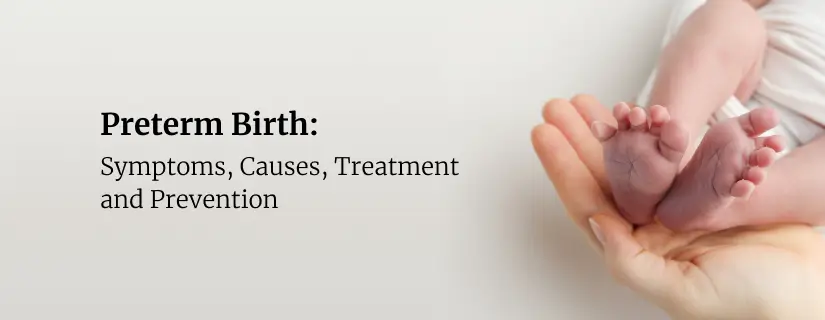
Preterm Birth (Premature Birth): Symptoms, Causes, Treatment and Prevention
13 May 2025
Read More
-
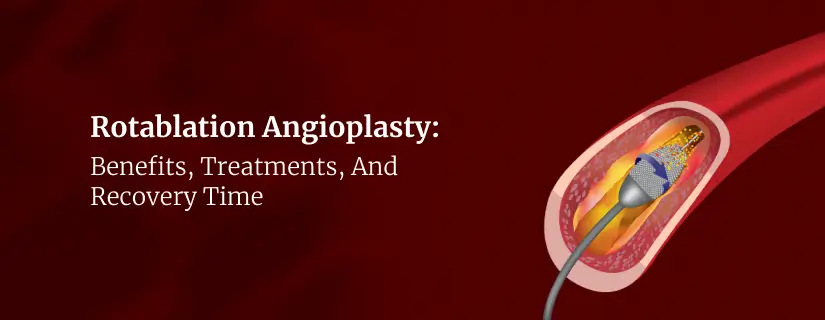
Rotablation Angioplasty: Benefits, Treatments, And Recovery Time
9 May 2025
Read More
-
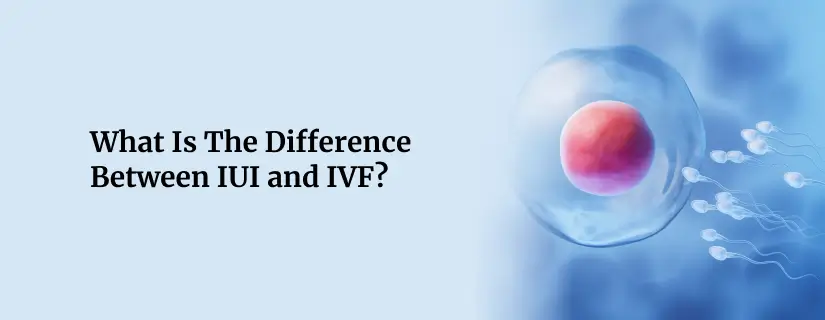
What Is The Difference Between IUI and IVF?
9 May 2025
Read More
-

Venous Malformations: Causes, Symptoms, and Treatment
30 April 2025
Read More
-

Varicose Vein Foam Sclerotherapy: Treatment, Benefits, and Procedure
30 April 2025
Read More
-

Radiofrequency (RF) Ablation Treatment for Varicose Veins: Know More
30 April 2025
Read More
-

Varicose Vein Sclerotherapy: Treatment, Benefits, and Procedure
30 April 2025
Read More
-

Varicose Vein Endovenous Laser Ablation: Procedure, Benefits, Risks
30 April 2025
Read More
Have a Question?
If you cannot find answers to your queries, please fill out the enquiry form or call the number below. We will contact you shortly.






